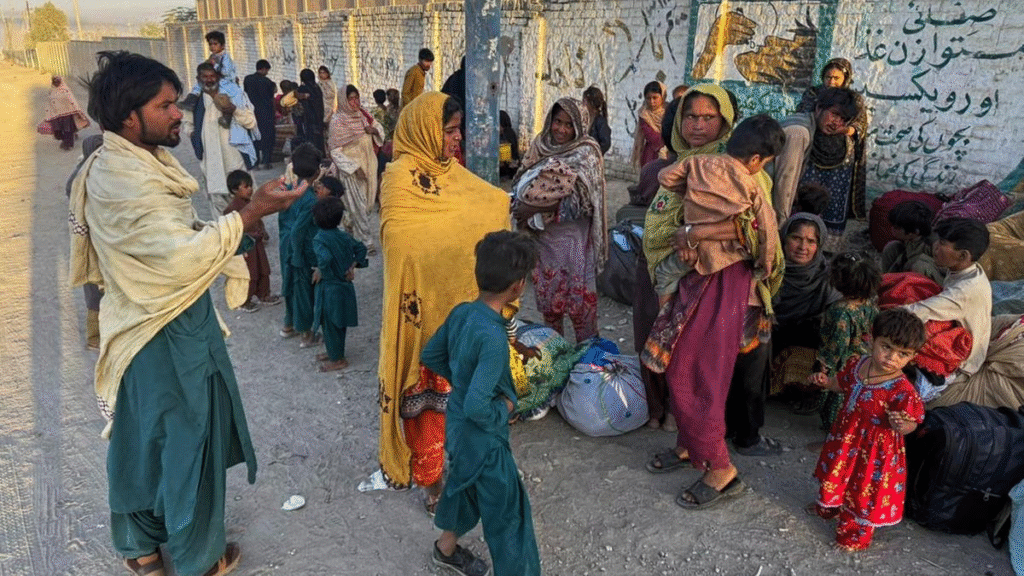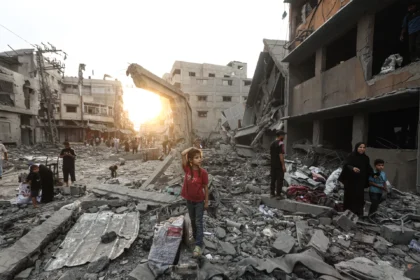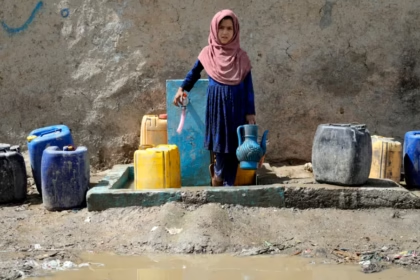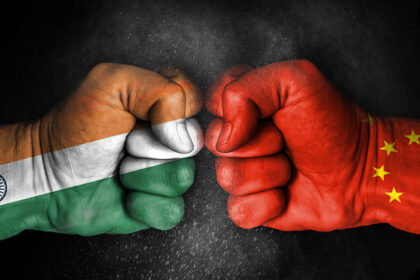Pakistan and Afghanistan Agree to Immediate Ceasefire in High-Stakes Talks Mediated by Qatar – 1 Major Step Toward Regional Peace
Pakistan and Afghanistan have agreed to an immediate ceasefire during peace talks mediated by Qatar, marking a major step toward regional stability and ending months of rising tensions
On 18–19 October 2025, under the mediation of Doha‑based host nation Qatar (with assistance from Türkiye), Pakistan and Afghanistan reached a landmark agreement: an immediate ceasefire aimed at halting a week of intense border clashes that left dozens dead and hundreds wounded. The Qatari Foreign Ministry issued a statement that both countries would also establish mechanisms for longer‑term peace and hold follow‑up meetings to verify implementation.

The two neighbours share a long, porous and often disputed border — the roughly 2,600 km frontier known as the Durand Line. In early October 2025, heavy cross‑border engagements erupted: suicide attacks, Pakistani air‑strikes into Afghan territory, and retaliatory fire. Reports suggest the fighting was the worst between the two sides since the takeover of Kabul by the Taliban in 2021.
Pakistan accused Afghanistan of harbouring militant groups that carried out attacks on its soil; Afghanistan denied the charges, contending that Pakistani strikes into its territory violated Afghan sovereignty. A temporary 48‑hour truce was announced ahead of the Doha talks, but officials decided to extend it while negotiations were underway.
he two sides agreed to an immediate ceasefire, effective from the time of the Doha meetings.
They committed to establishing mechanisms to “consolidate lasting peace and stability” between them.
Both countries agreed to hold follow‑up meetings “in the coming days” to ensure the sustainability and verification of the ceasefire’s implementation.
The broader focus: immediate measures to halt cross‑border terrorism emanating from Afghan territory (as per Pakistan), and to restore mutual respect for sovereignty and territorial integrity (per Afghanistan).
Reduction in casualties and escalation risk: The recent flare‑up killed dozens of people and wounded many more. The ceasefire offers a breathing space and prevents further immediate loss of life.
Regional stability: The Pakistan‑Afghanistan border zone is a sensitive area — militant groups exploit the fluid border, and instability tends to spill into neighbouring regions. A truce helps ease that pressure.
Diplomatic breakthrough: Over recent years, Pakistan and Afghanistan (especially under Taliban rule) have had uneven relations and recurring border incidents. A mutually‑agreed ceasefire mediated by a third party signals serious engagement.
Signal to other actors: With the involvement of Qatar and Türkiye, this shows the role of regional mediators in South Asia’s security architecture is being recognised.

Economic/trade significance: Peace along the border can help re‑open transit and trade routes, benefiting populations on both sides, especially in the border provinces of Pakistan and eastern Afghanistan.
Verification and trust deficits: Both sides have accused each other of violations. Afghanistan has claimed Pakistani strikes killed civilians inside its territory. Pakistan wants assurances that militant groups inside Afghanistan will stop attacks on Pakistan. Without effective verification, the truce risks unraveling.
Fragmented militant networks: Even if governments agree, it is often non‑state actors (proxy groups, militants) that carry out cross‑border attacks. Ensuring they comply (or are neutralised) remains difficult.
Border‑control challenges: The long mountainous frontier is hard to monitor; insurgents and proxies operate in localised, remote zones.
Differing strategic interests: Afghanistan’s government (under the Taliban) may have different priorities than Pakistan’s military or civilian leadership. Lahore, Islamabad and Kabul do not necessarily align on how to treat militant groups, foreign influence, or border management.
Domestic pressures: In Pakistan and Afghanistan there is pressure from domestic constituencies — for Pakistan, the Pakistani public and military expect action against militants; for Afghanistan, any perception of tapping into foreign pressure or sacrificing sovereignty may provoke backlash.
External actors and spill‑over: Groups like Islamic State and al‑Qaida, regional powers and even internal Afghan factions may not adhere to the peace. A ceasefire between states doesn’t automatically silence all conflict drivers.
Sustainability of follow‑up mechanism: The agreement calls for follow‑up meetings and mechanisms, but whether these sessions translate into structural changes (border management, intelligence sharing, cross‑border policing) is the open question.

Follow‑up talks and mechanism activation: The parties have pledged to meet again (reportedly around 25 October 2025 in Istanbul) to establish the mechanism for verifying the ceasefire.
Incidents on the ground: Whether border incidents decrease, whether there are violations (air‑strikes, ground incursions) will test the durability of the agreement.
Statements and behaviour by militant groups: How groups such as the Tehrik‑e‑Taliban Pakistan (TTP) or other factions respond will matter significantly.
Analysis of socio‑economic border flows: If trade, transit and normalisation of movement picks up, that signals genuine de‑escalation.
Regional ripple effects: Whether the Pakistan‑Afghanistan truce influences other bilateral/multilateral relationships in South/Central Asia (for example with Iran, China, India or Russia) could be interesting.
Domestic political mobilisations: Any domestic backlash in either country that undermines the deal—for instance, militants or political hardliners opposing engagement—needs monitoring.
Media and public perception: As always, how the public in Pakistan and Afghanistan perceives the ceasefire (victory? concession? peace dividend?) will influence political momentum.
The Pakistan‑Afghanistan relationship has long been fraught: historic mistrust, disputed borders, refugee flows, militant sanctuaries and proxy dynamics. This ceasefire provides a rare window for recalibration.
For Pakistan, persuading Afghanistan to stem militant crossing into Pakistan is a long‑standing demand. For Afghanistan, gaining recognition of its sovereignty and avoiding Pakistani military incursions is equally vital. A ceasefire, if upheld, could set the stage for broader cooperation: on border management, on refugee flows, on counter‑terrorism, on economic corridor connectivity.
It may also shift the narrative in South Asia: rather than zero‑sum border competition, there is at least the possibility of cooperative stability. It also reflects Qatar’s growing role as a diplomatic broker beyond the Middle East.
Read Also : 1 Navi Mumbai Salon Owner Brutally Beaten by MNS Workers After Woman’s Complaint – Caught on Camera








